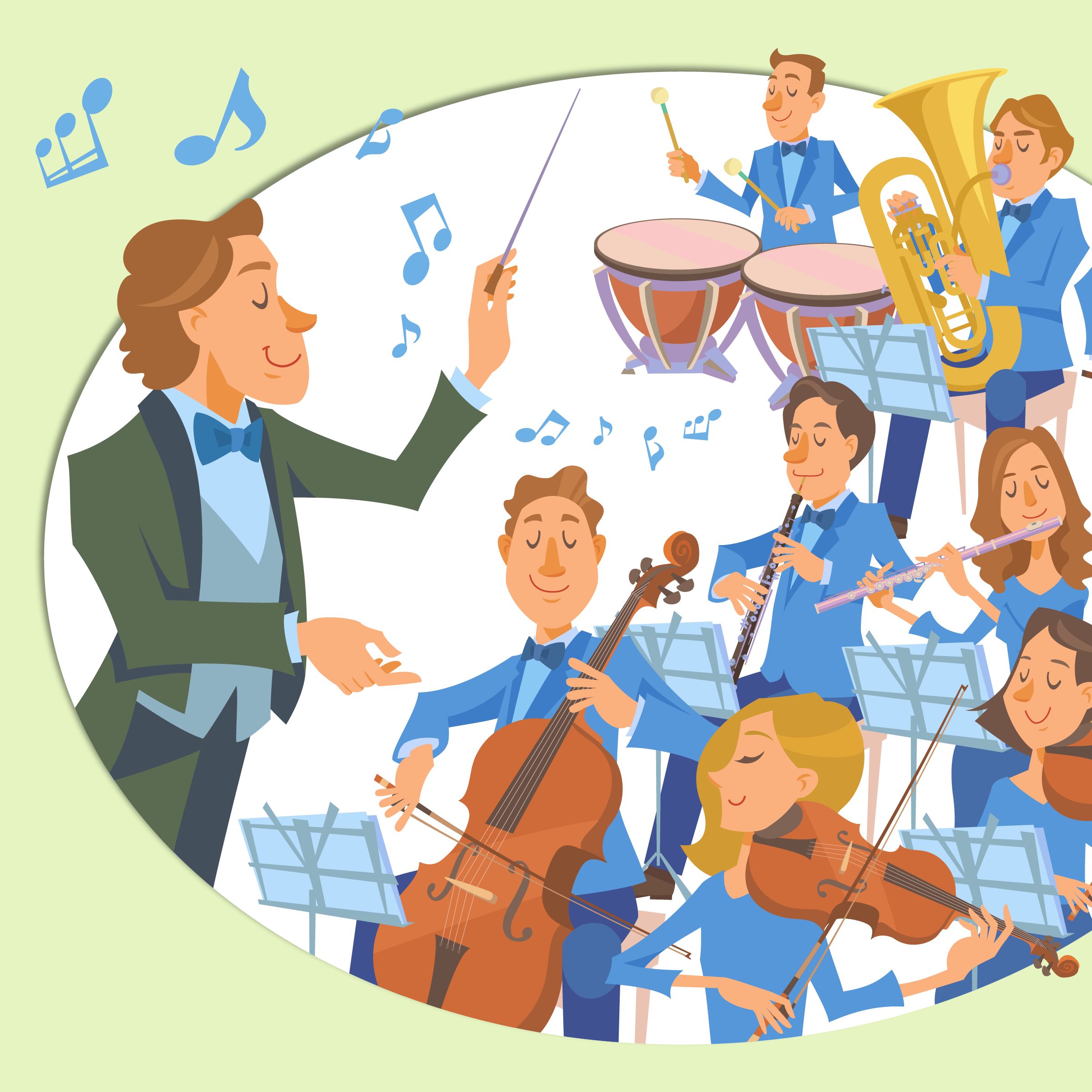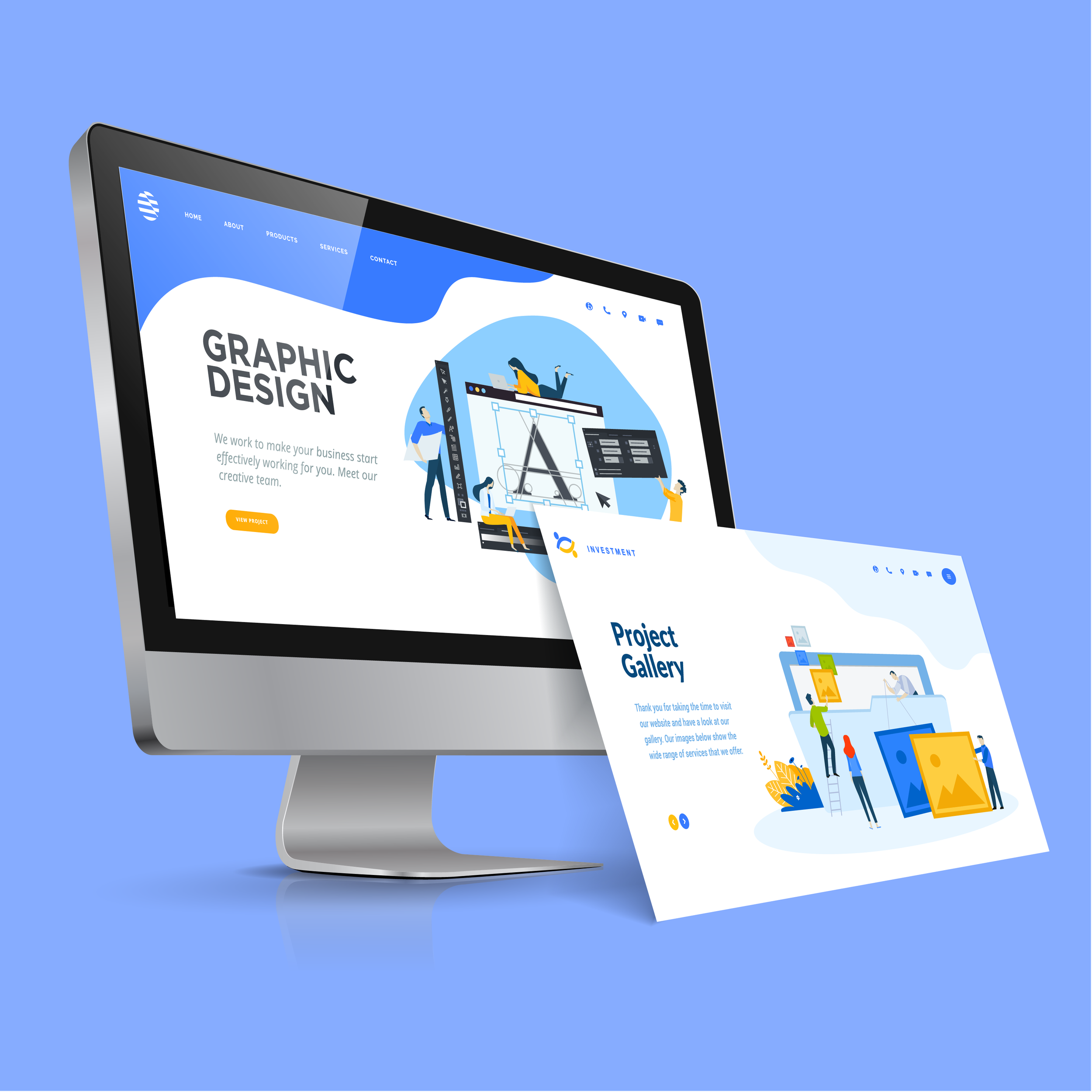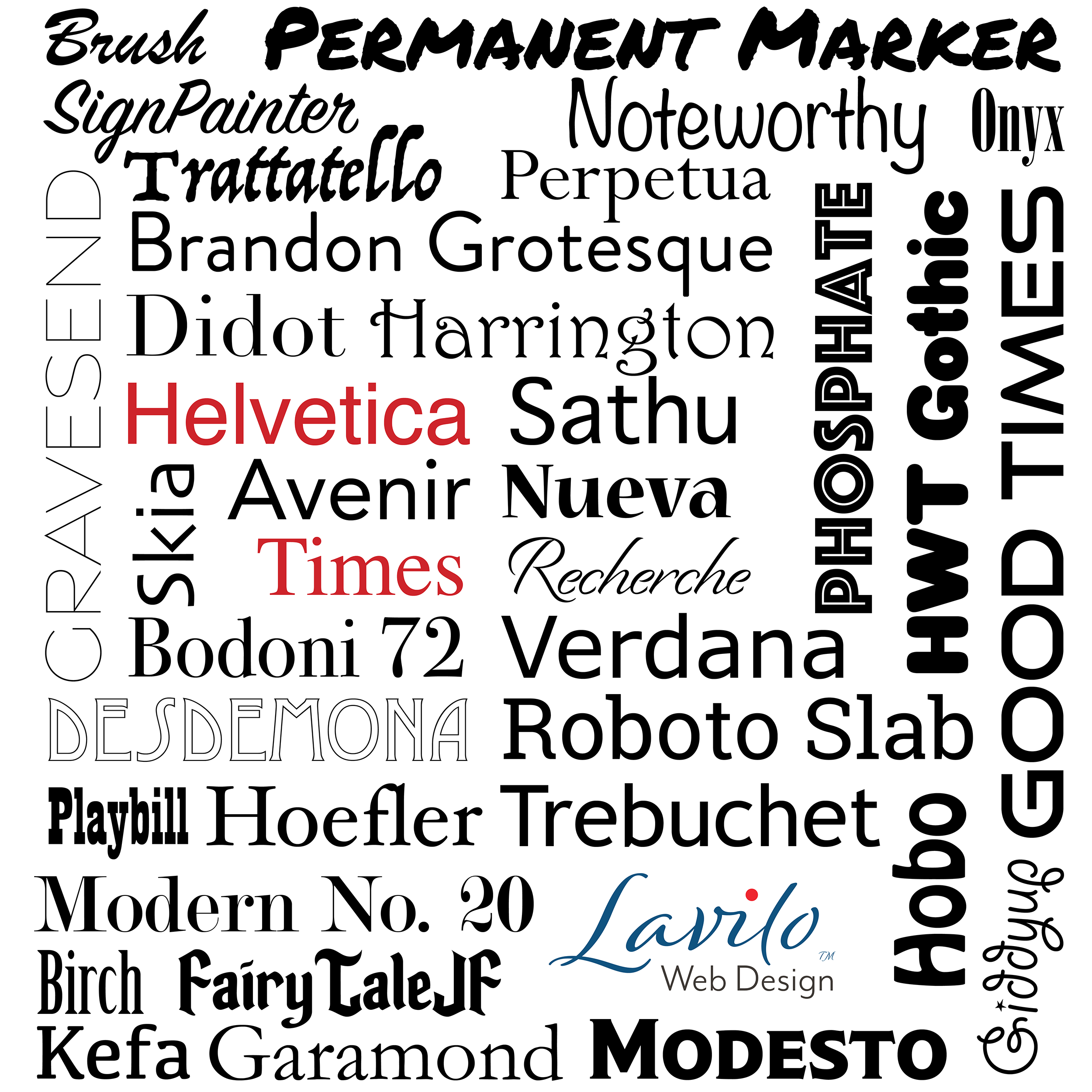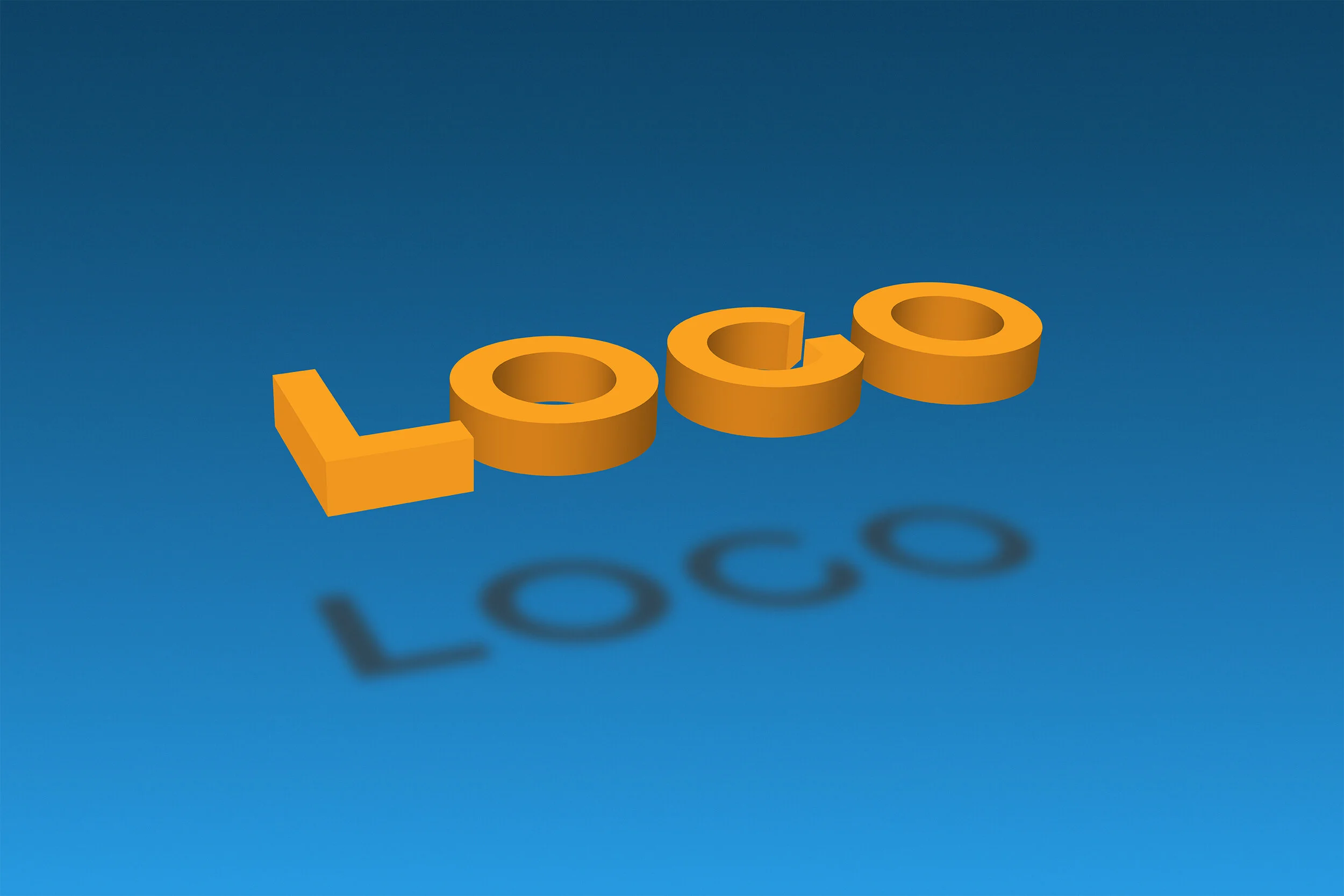What are Vector Graphics?
When you ask a graphic designer to create a new logo for your company, you are naturally focused on its looks. Colors, shapes, fonts, distinctiveness are essential considerations during the design process. That is what you are paying for. Your logo has to look great on your business card. But does it also look great on your website?
Web designers typically have additional logo design requirements. Here are two I find crucial:
Simplicity: As visitors view your website on any device, from a smartphone to a desktop, browsers regularly resize your logo. An intricate design may look good on a business card or a desktop, but shrunk to fit a smartphone, your logo may lose much of its detail. A simple logo, however, stays legible in any size.
Deconstruction: Web designers want to use your logo not just in the header of your website, but also as a favicon or perhaps as a graphical element separating your page content. Therefore, they often deconstruct your logo, isolating its elements. For example, one of these elements can serve as a favicon. This brings me to vector graphics.
Why Vector Graphics?
When you take a picture with your smartphone, the resulting image consists of millions of pixels. When you enlarge your photo, it tends to blur or pixelate, especially if it was shot in a lower resolution.
Aside from pixelation, your smartphone photo has another drawback. Even if you use Photoshop, it is time-consuming to isolate particular elements of your logo without leaving some unwanted artifacts.
Because vector graphics avoid all these problems, they are favored by web designers. As vectors only consist of start-points, end-points, and angles, you can effortlessly scale them. You can make them as small as a favicon or as large as a billboard without losing their crisp edges along the way. You can also easily break them apart and use their elements somewhere else on your website. You may have already sensed my enthusiasm, vector graphics are highly flexible, and a web designer's dream.
The next time when you buy a logo from a graphic designer, make sure that you also receive the vectorized file along with the permission to alter the logo if necessary. These are usually files created with Adobe Illustrator ending in eps or ai. This may cost you a little more upfront; however, you will save a lot of time and money when you want to use your logo on your website.
Here is another helpful tip. When your graphic designer prepares the Adobe Illustrator file for you, remind them to outline the fonts, thus converting them into vectors. Such vectorized fonts allow your web designer to work on your logo right away without access to the original fonts.









